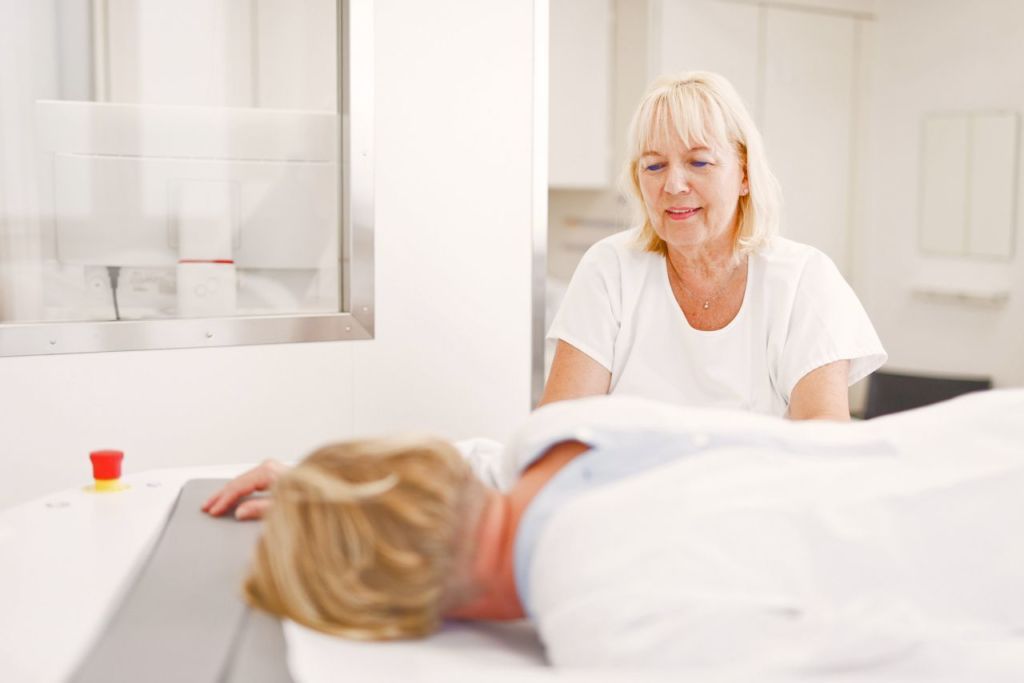One in eight women will develop breast cancer at some time in her life. If it is detected early, their chances of survival are good. Patients at University Hospital Zurich (USZ) can now have mammograms that don’t involve painful compression thanks to the world’s first “mamma-CT”.
Anyone who has ever had a mammogram knows that this x-ray examination for the early recognition of breast cancer can be very painful. This is because the breast is fixed between two radiolucent acrylic glass plates and compressed. Zurich University Hospital has now become the first institution in the world to offer mammograms without compression, thanks to a so-called spiral computer tomography device (mamma-CT for short). This screening is performed with the patient lying down rather than standing up. The radiation dose administered is comparable with that of conventional methods.
No more fear of pain
Professor Andreas Boss, chief physician at the USZ Institute of Diagnostic and Interventional Radiology, is aware that this preventive screening can be emotional for many women. “There is not only the understandable fear of developing breast cancer”, he says. “There is also the fear of the screening itself.” It sometimes happens that women do not come back after having painful experiences with the conventional method. It would therefore be a big step forward if the new equipment were to make more women come for mammograms, ensuring that breast cancer can be recognised and treated more frequently. Based on positive early experiences, Boss is convinced that the enhanced sensitivity of the mamma-CT will improve the quality of the results delivered. However, it will be several years before sufficient data is available to prove this scientifically.
Regular screening recommended
One in eight women will develop breast cancer at some time in her life. The earlier it is detected, the better the patient’s chances of survival. After self-checks, mammograms are the most efficient way of finding breast cancer even before symptoms occur. Numerous studies have shown that mammogram screening decreases the mortality rate of breast cancer. This method identifies around 80 percent of all malignant tumours in the breast. Women aged 50 and over in particular are consequently advised to have a mammogram every two years.
